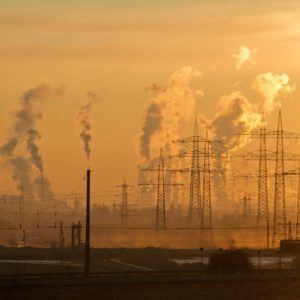-
Think tank Ember releases annual Global Electricity Review of 2022, predicts it is possible that global GHG emissions from electricity generation may fall beginning this year
Date posted:
-
-
-
Post Author
Patrick LaveryCombustion Industry News Editor
-
-

Energy and climate think tank Ember has released its fourth annual Global Electricity Review, looking at 2022 but also making headlines for predicting that greenhouse gas emissions from the electricity sector may already have peaked. Looking at electricity from 78 countries (accounting for 93% of global demand) and the CO2 emissions of the top ten countries and regions, Ember makes its data freely accessible, creating a useful resource. In 2022, wind and solar produced 12% of total electricity, up from 10% a year earlier, and of new electricity demand, new solar and wind supplied 80% of it. However, electricity from nuclear and hydro power fell for the first time since 2011.
Although greenhouse gas emissions from the sector rose by 1.3% in 2022, the carbon intensity of electricity generation was at 436 g CO2/kWh, the lowest ever. Coal generation increased by 1.1% last year, in line with previous years – not a huge leap as a result of the energy crisis that many feared, but also not the decline that climate campaigners had hoped. Gas generation fell by 0.2%, and “only” 31 GW of new gas fired power generation was added in the year. Of side interest, the carbon intensities of the various power generation options in the Ember data has coal power around 44 times more carbon intense as solar, gas-fired power 27 times more carbon intense as solar, and bioenergy 12 times more carbon intense than solar.
The prediction of a peak in electricity sector greenhouse gas emissions comes from the continuing rapid deployment of renewable power generation capacity and continued higher-than-average fossil fuel prices. An opinion piece by International Energy Agency chief Fatih Birol two weeks ago said that the roll out of solar panels (but, presumably, not wind turbines) is “fast enough to align fully with the rate envisaged in the IEA’s ambitious pathway to net zero emissions by 2050”. He also said that it is “well known in energy and climate circles that [solar panel, wind turbine, electric vehicle and heat pump] technologies are expanding quickly”, faster than is commonly realised.
